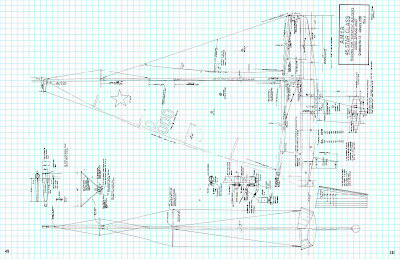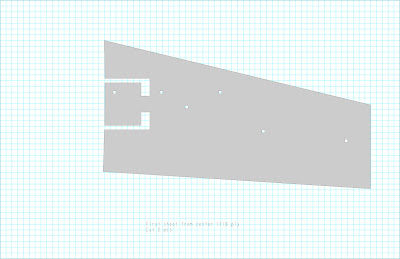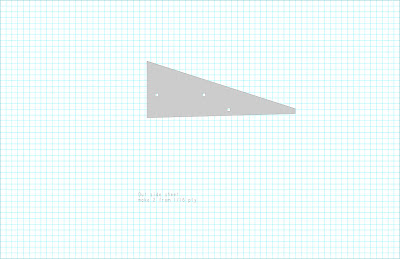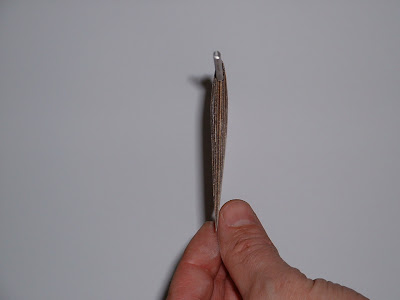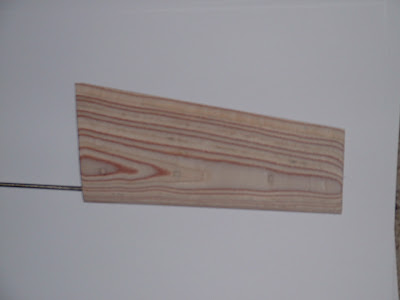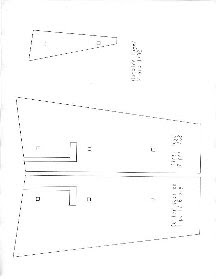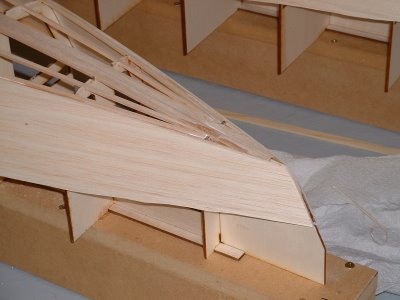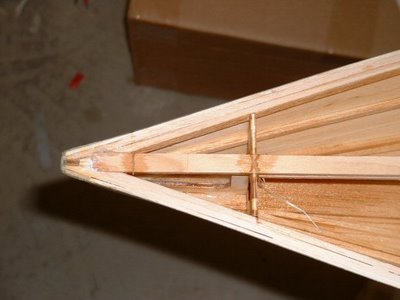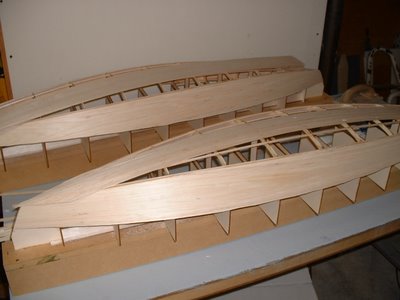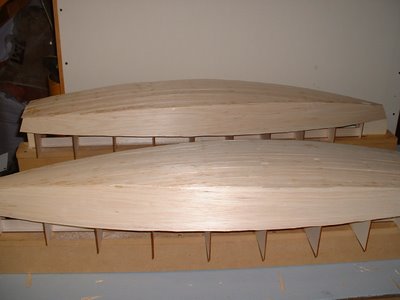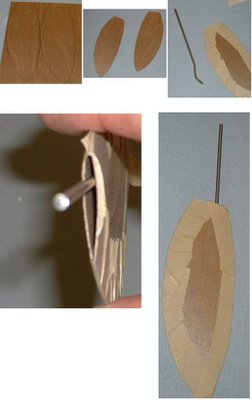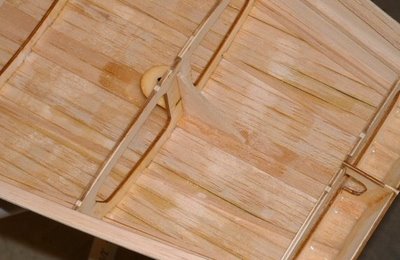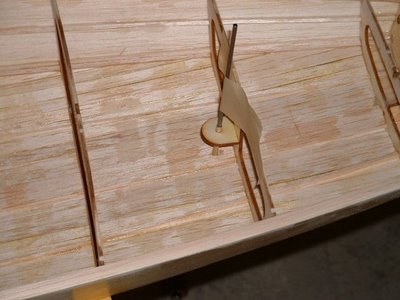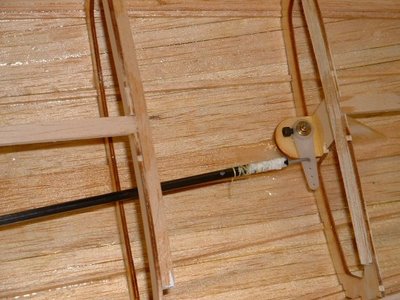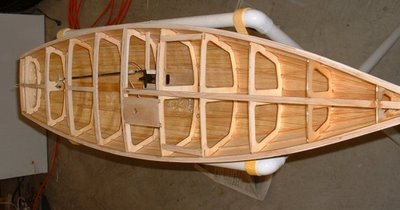
Date: Tue, 17 Jun 2008 20:58:30 +0200
From: Michael Czytko
To: mainwaring
Subject: Contribution to Blog on ship modelling
I had a look at Building Model Boats and Ships blog
I would be glad if you could add my article as a contribution.
Best regards
Michael Czytko
High resolution photographs of historic ship models
Tall ships are very impressive when you have a chance to meet one at sea. Scale models of tall sailing ships, too, can be as fascinating as the original ship. The elegance of these ships can be beautifully represented by models, and one can very much enjoy looking at the fine craftsmanship of their makers. That is why many people have made sailing ship modelling their hobby.
To make a fine and true scale model one needs plans of the original ship and books or other literature on historic details of naval technology at that time. Exact plans of many famous ships can be bought from museums like the Musee de la Marine in Paris or well known ship model builders like Jean Boudriot. Literature on ship modelling and history of naval technology by well known and recognized authors is readily available, too. But high in desire are high resolution photos of ship models, as they are a fast means to decide how to tackle a specific problem or answering detail questions on rigging and planking.
There are only few websites that show such photos. On this ship model webpage (http://www.modelships.de/eng/) one can find more than 2000 high resolution photographs of finely built ship models, like a carvel-built Hanseatic League ship of 1470, the Santa Maria of Christopher Columbus of 1492, Sir Francis Drake’s Golden Hind in 1577, the Sovereign of the Seas of 1637, the French Soleil Royal of 1669, an 18th century Arabian chebec, the frigate USS Constitution of 1797 and Admiral Nelson’s HMS Victory of 1805. Each ship model is shown in 10 – 40 photos of 600 * 450 pixels and in high resolution of 6 – 12 megapixels.
Ship model makers will love this site, whether they look for historic details or just for information and suggestions when building their own ship model.


